-

-

Statement
Statement Mens Double Breasted Wool Brown Vintage Pinstripe Suit DB-Zarelli
Was: $350.00Now: $299.00 -
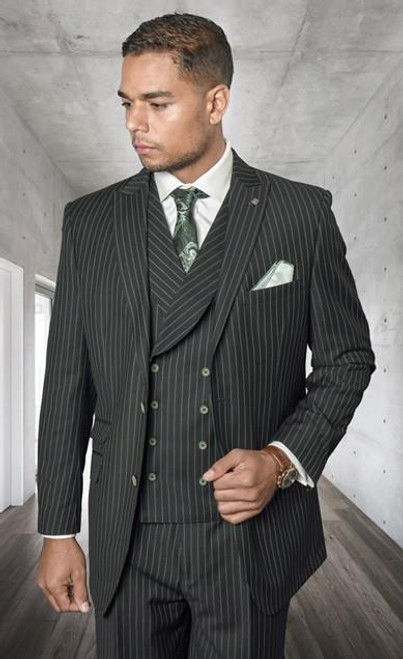
Statement
Statement Wool Suit Men's 3 Pc. Hunter Green Pinstripe Vest Suit Zarelli
Was: $350.00Now: $299.00 -

Statement
Statement Mens Double Breasted Navy Wool Pinstripe Suit DB-Zarelli
Was: $300.00Now: $299.00 -

-
 Out Of Stock
Out Of StockStatement
Statement Mens Wool Double Breasted Sapphire Plaid Tailored Fit Suit SD-102
Was: $350.00Now: $299.00 -
 Out Of Stock
Out Of StockStatement
Statement Mens Double Breasted Wool Suit Olive Green Plaid Tailored Fit SD-103
Was: $350.00Now: $299.00 -

-

-

-
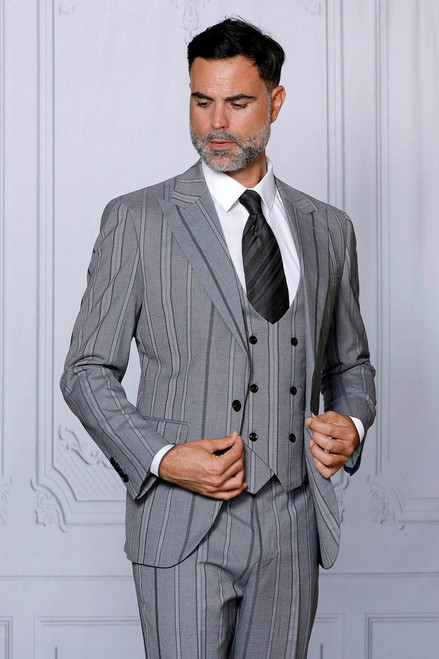 Out Of Stock
Out Of Stock -
 Out Of Stock
Out Of Stock -
 Out Of Stock
Out Of Stock -
 Out Of Stock
Out Of Stock -

-

-

-
 Out Of Stock
Out Of Stock -
 Out Of Stock
Out Of Stock -

-

-

Vinci
Vinci Men's Navy Blue 1930s Banker Stripe Double Breasted Suits F-DSS
Was: $240.00Now: $169.99 -
 Out Of Stock
Out Of StockEJ Samuel
EJ Men's 1920s Fashion Suit Midnight Blue Peak Lapel Low Cut Vest M2770
Was: $225.00Now: $199.99 -
 Out Of Stock
Out Of Stock -
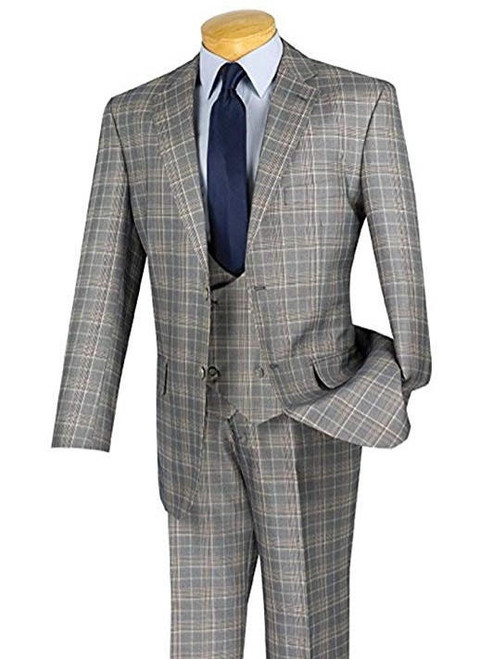
-

-

-
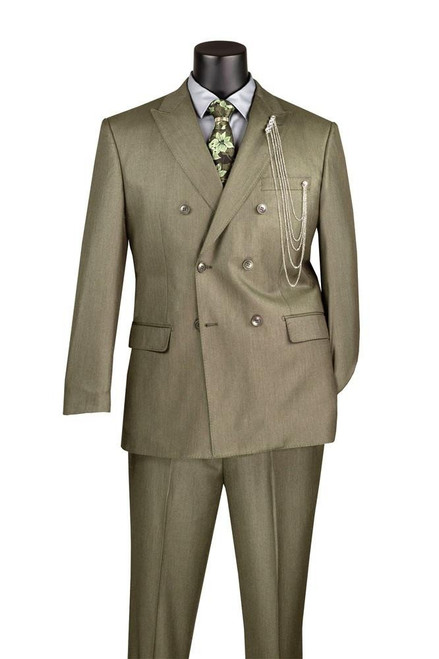
-

-

-

-
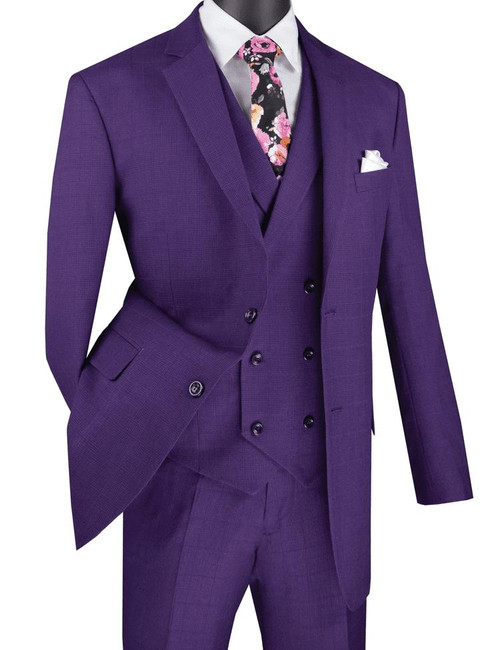
-
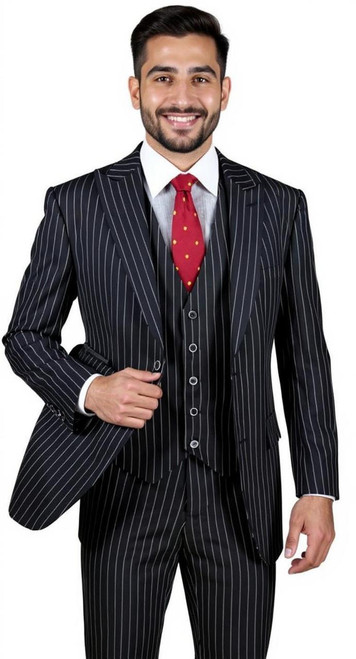
-
 Out Of Stock
Out Of StockStatement Double Breasted Wool Suit Natural Color Mens Tailored Fit Plaid Milan
Was: $350.00Now: $299.00 -
 Out Of Stock
Out Of Stock -
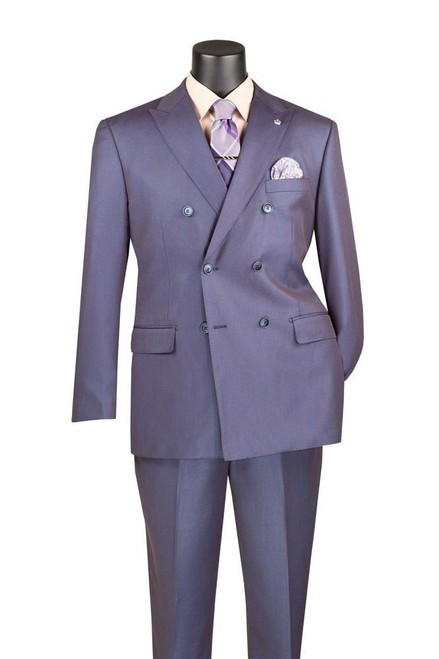
-
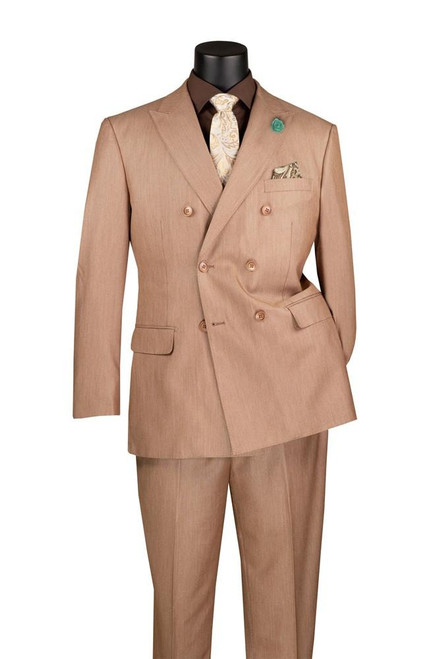
-
 Out Of Stock
Out Of Stock -
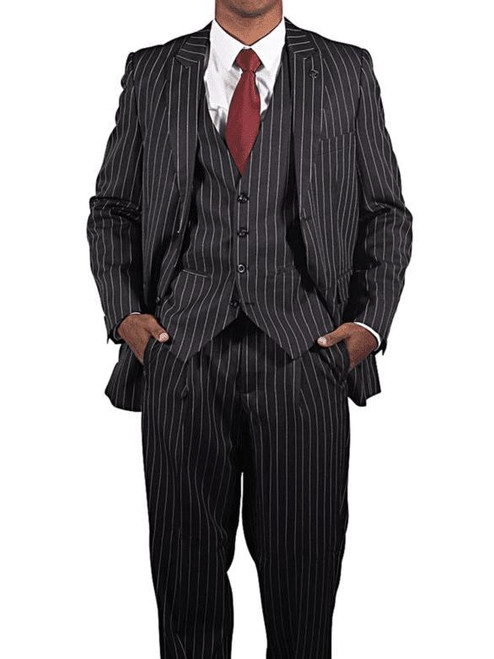
Vinci
Gangster Suits Mens Black Bold Stripe 3 Pc Vest Vintage Style Vinci V2RS-9
Was: $249.99Now: $179.99 -

Stacy Adams
Vinci Black White Gangster Stripe Fashion Suit 1930s Style V2RS-9
Was: $249.99Now: $179.99 -
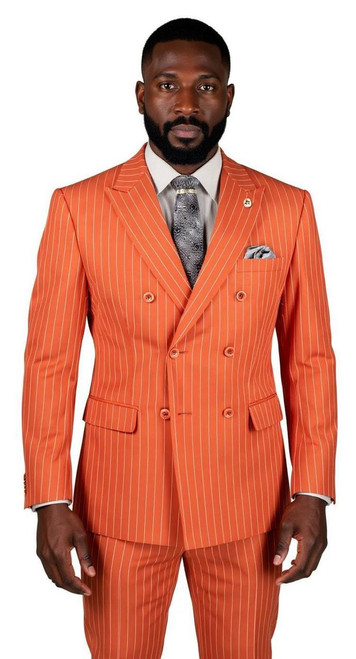
-

-

-

-

-
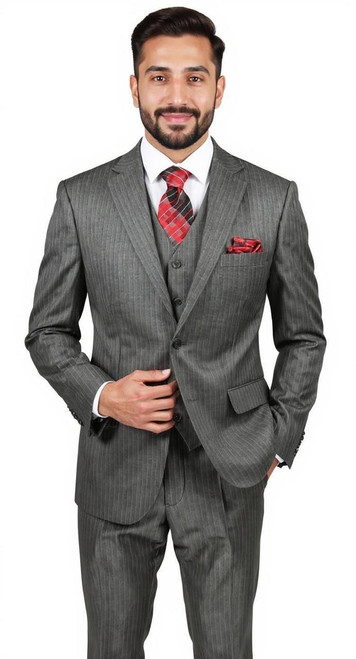
-

-

Gangster Suits
Shop our affordable mens gangster suits
They are available in all vintage styles and patterns to elevate your style. You will find low-priced vintage 1920s and 1930s-style gangster suits for men on sale in many fashion patterns and colors here at Contempo Suits. They are our best selling pinstripe suits for men. They are designed to be worn with our collection of men's gangster hats. You can buy old-fashioned mobster suits that come in double breasted styles, too. Our white suits for men can even be used for the same purpose. The type of look that you have seen in the movies. Gangster suits generally have bolder patterns like stripes to stand out in the crowd. These are mafia suits made to get noticed. Think of it as the Alpha male of style. It is the complete package that is necessary for that old-school Gangster look. Please take a look at our collection of double-breasted suits for men for more options. For anyone who has ever been a fan of Gangster movies, I'm pretty sure you noticed the brash-looking fashion suits that characters playing thugs on film were wearing with their Stacy Adams Gangster Shoes. We would always see the Villain wearing a fancy getup comprising a fancy suit and shoes. All to stick their thumb in the eye of authority and quiet suit fashion style. You must recognize them for their eye-catching style and the impossibility of blending into the crowd. Style is what the street-level Mafia guys always wanted, which partly would end in their downfall in the movie.
Shop our affordable mens gangster suits
They are available in all vintage styles and patterns to elevate your style. You will find low-priced vintage 1920s and 1930s-style gangster suits for men on sale in many fashion patterns and colors here at Contempo Suits. They are our best selling pinstripe suits for men. They are designed to be worn with our collection of men's gangster hats. You can buy old-fashioned mobster suits that come in double breasted styles, too. Our white suits for men can even be used for the same purpose. The type of look that you have seen in the movies. Gangster suits generally have bolder patterns like stripes to stand out in the crowd. These are mafia suits made to get noticed. Think of it as the Alpha male of style. It is the complete package that is necessary for that old-school Gangster look. Please take a look at our collection of double-breasted suits for men for more options. For anyone who has ever been a fan of Gangster movies, I'm pretty sure you noticed the brash-looking fashion suits that characters playing thugs on film were wearing with their Stacy Adams Gangster Shoes. We would always see the Villain wearing a fancy getup comprising a fancy suit and shoes. All to stick their thumb in the eye of authority and quiet suit fashion style. You must recognize them for their eye-catching style and the impossibility of blending into the crowd. Style is what the street-level Mafia guys always wanted, which partly would end in their downfall in the movie.



